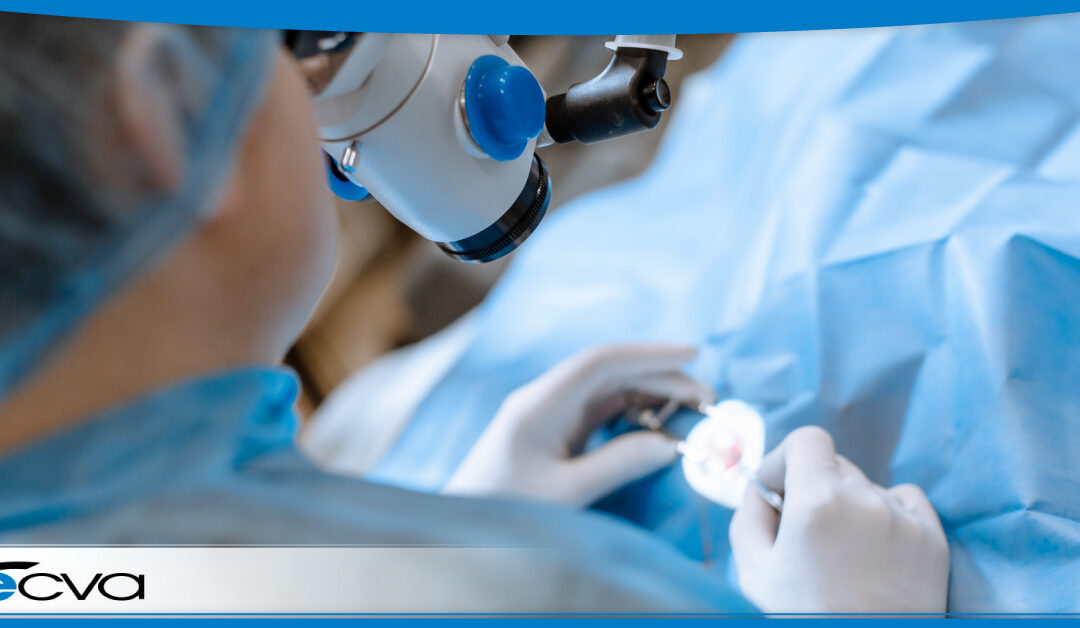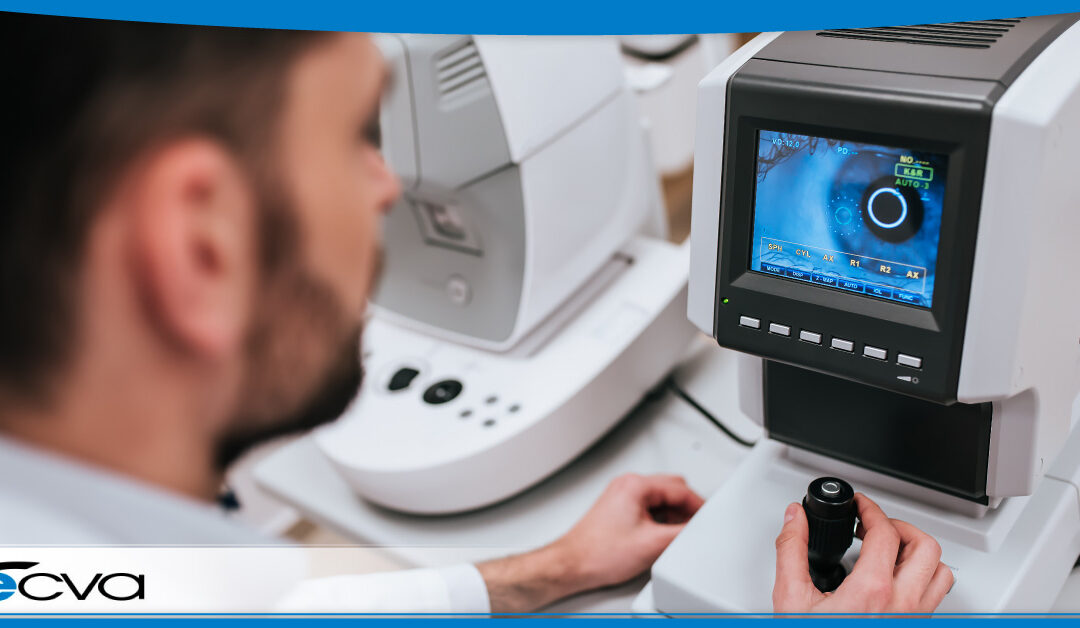
by ecvaeyeadminz | Jul 10, 2024 | Eye Health
Quality sleep plays a vital role in maintaining overall health, including eye health. Sleep disorders such as sleep apnea and general sleep deprivation can significantly impact vision. Below are several ways inadequate sleep can affect your eyesight and ocular...

by ecvaeyeadminz | Jun 19, 2024 | Glaucoma
Trabeculectomy is a surgical procedure designed to relieve intraocular pressure in patients with glaucoma, particularly when other treatments have failed to achieve adequate control. This surgical approach can be crucial in preserving visual function by managing the...

by ecvaeyeadminz | Jun 4, 2024 | Glaucoma
Glaucoma is a group of eye conditions that damage the optic nerve – which is an essential part of vision – and is often linked to increased pressure inside the eye. Secondary glaucoma, a type of this condition, arises as a complication of another medical issue or...

by ecvaeyeadminz | May 23, 2024 | Eye Health
Retinal tears and detachments are serious eye conditions that can lead to severe vision loss or blindness if not treated promptly. The retina – a thin layer of tissue at the back of the eye – plays a crucial role in vision by converting light into neural signals that...

by ecvaeyeadminz | May 6, 2024 | Glaucoma
Glaucoma is a group of eye conditions that damage the optic nerve and is often caused by abnormally high pressure in your eye. Left untreated, glaucoma can lead to blindness. Fortunately, several surgical options are available for managing glaucoma, each with its own...






